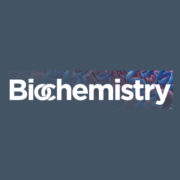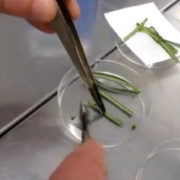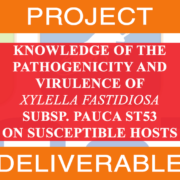Functional and evolutionary characterization of a UDP-Xylose synthase gene from the plant pathogen Xylella fastidiosa, involved in the synthesis of bacterial lipopolysaccharide
ORIGINAL ARTICLE
ABSTRACT
Xylella fastidiosa is a plant-infecting bacillus, responsible for many important crop diseases, such as Pierce’s disease of vineyards, citrus variegated chlorosis, and coffee leaf scorch (CLS), among others. Recent genomic comparisons involving two CLS-related strains, belonging to X. fastidiosa subsp. pauca, revealed that one of them carries a frameshift mutation that inactivates a gene encoding an oxidoreductase of the short-chain dehydrogenase/reductase (SDR) superfamily, which may play important roles in determining structural variations in bacterial glycans and glycoconjugates. However, the exact nature of this SDR has been a matter of controversy, as different annotations of X. fastidiosa genomes have implicated it in distinct reactions. To confirm the nature of this mutated SDR, a comparative analysis was initially performed, suggesting that it belongs to a subgroup of SDR decarboxylases, representing a UDP-xylose synthase (Uxs). Functional assays, using a recombinant derivative of this enzyme, confirmed its nature as XfUxs, and carbohydrate composition analyses, performed with lipopolysaccharide (LPS) molecules obtained from different strains, indicate that inactivation of the X. fastidiosa uxs gene affects the LPS structure among CLS-related X. fastidiosa strains. Finally, a comparative sequence analysis suggests that this mutation is likely to result in a morphological and evolutionary hallmark that differentiates two subgroups of CLS-related strains, which may influence interactions between these bacteria and their plant and/or insect hosts.
Published on January 26, 2017 by BIOCHEMISTRY









